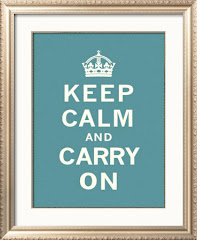As I stated in yesterdays post, I went to SCBWI-NY last night and listened to Connie Hsu, Editor at Little Brown talk about world building in your novel. As I work on my YA manuscript, I'm attentive to all things related to literature and the craft of writing. I have two Master's degrees and neither of them is a MFA, so essentially this is a learn as I go proposition. I'm amazed at how much I have learned and how far I've come since I began this journey over the past year.
I want to pass on a few tips Ms. Hsu touched on last night. This post is not in any way comprehensive. It gets you started with a rudimentary knowledge of what world building is. First, why is world building important? It's important because it sets the place, time and environment of the story. The boundaries, via the words and imagery the author chooses, are instrumental in bringing the world of the characters to life and making the story believable.
Creating the setting is a basic element, but how does this differ from world building? Well, according to Ms. Hsu, the setting is the time and place where the action takes place. World building is how the characters and the plot interact with the setting. Give that some thought. How do you evoke a sense of time and place? Treat the setting like a character. Make it full bodied and three dimensional. You want the setting of your fictional world to draw the reader into it, make them forget they're reading a book - they are there!
There have to be rules. You can't go crazy and do whatever you want. The world you've created, has to make sense on some level even if it's high fantasy. Even that world has to have reasonable constraints -constraints that are particular to the work you've created. The setting has to have boundaries. How do the characters get the basics elements of life in the world you've created. There has to be some form of logic. There is a reciprocity. Think about how the setting contributes and acts on the story and vice-versa.
There have to be rules for your characters. Take Harry Potter for example. He's not the greatest wizard. He makes mistakes, he exhibits flaws. This enables the reader to identify with him and gives him credibility. Perfection is boring. Show the internal and external struggles of the characters. There has to be consistency in the character traits of your characters. Remember the consequences of the things the character says or does.
There has to be a system of logic. Fact check. Do your research. Set up the world in such a way people can't question it.
Examples of books with great worldbuilding are the following:
Where the Mountain Meets the Moon by Grace Lin
Graceling by Kristine Cashore
The Hungar Games by Suzanne Collins
Jacob Have I Loved by Katherine Paterson
Gossip Girl by Cecily von Ziegesar
The Simarillion by J.RR. Tolkien
Toodles!
What Else?
1 day ago









No comments:
Post a Comment
I enjoy reading what you have to say. Seriously!